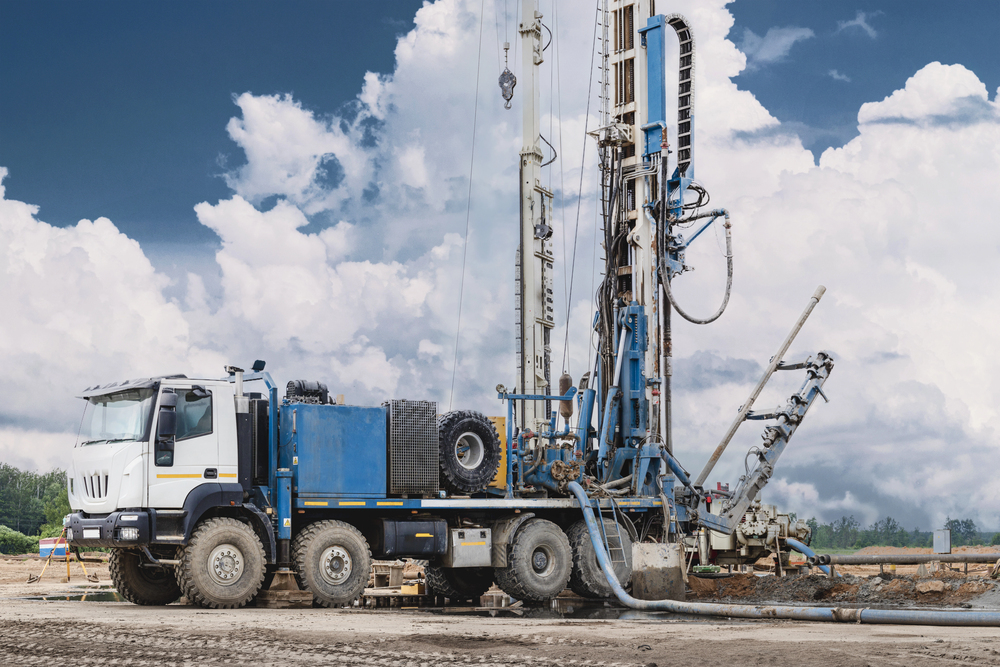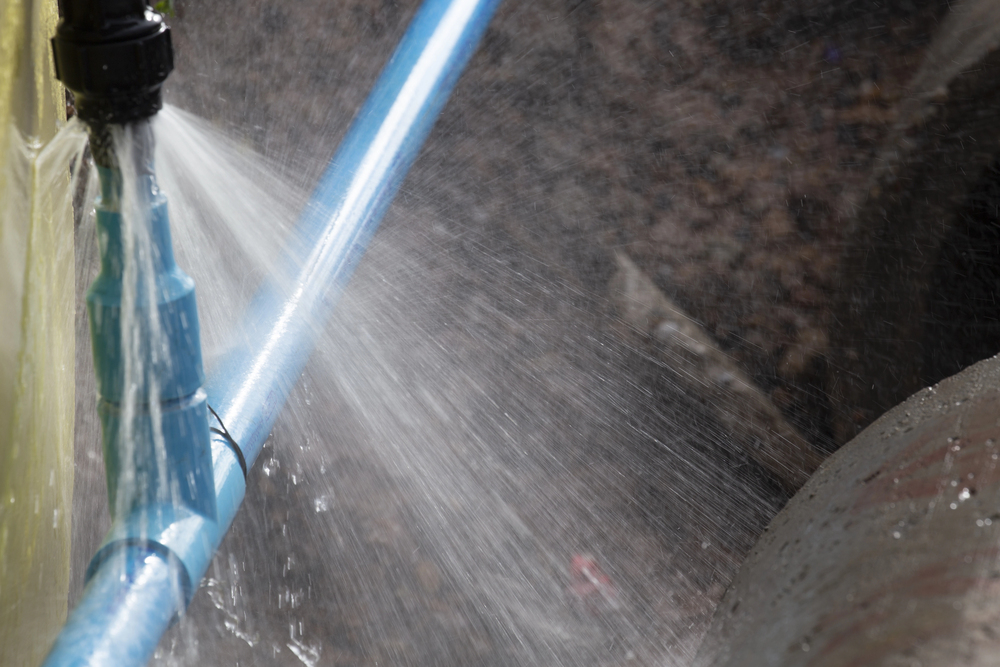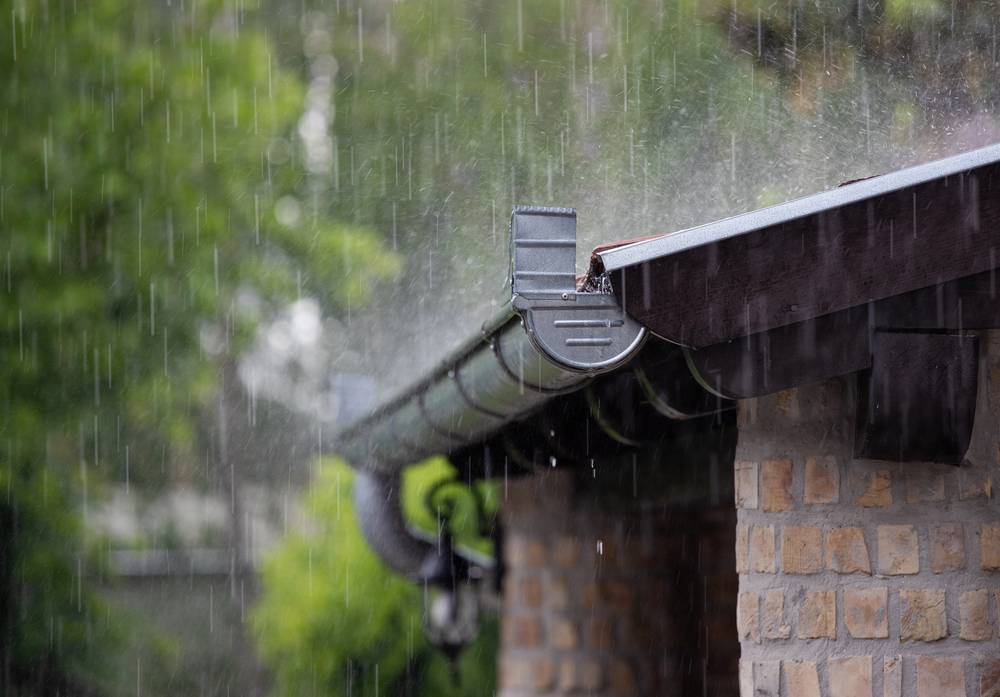How to Insure a Truck-Mounted Drill Rig

Q: A commercial insured needs to coordinate between a business auto policy and an inland marine policy to cover a piece of mobile equipment. The mobile equipment is a water well drill rig. The unit is permanently mounted on a Peterbilt truck and the total value of the drill—including the truck—is $900,000.
Mobile equipment is defined by the insured’s BAP, the ISO CA 00 01 11 20, as:
Any of the following types of land vehicles, including any attached machinery or equipment:
4. Vehicles, whether self-propelled or not, maintained primarily to provide mobility to permanently mounted:
a. Power cranes, shovels, loaders, diggers or drills
The agent believes the truck should be insured on the auto policy for liability only, using code 7994. Then, the entire unit should be insured on the inland marine policy for $900,000.
The inland marine policy does provide coverage for the vehicle that moves the mobile equipment:
2. Property Not Covered
Covered Property does not include:
a. Automobiles, motor trucks, tractors, trailers and similar conveyances primarily designed and licensed for road use, including but not limited to, conveyances designed for highway use and used for over the road transportation of people or cargo, except:
(1) Self-propelled vehicles designed and used primarily to carry mounted equipment; or
(2) Vehicles designed for highway use that are unlicensed and not operated on public roads;
Q: How should a piece of mobile equipment and the truck that transports it be insured between the BAP and the inland marine policy?
Response 1: The liability and physical damage issues for mobile equipment can be challenging.
For physical damage, you and the underwriters have options for truck-mounted drilling rigs. You could either cover both the equipment and the auto chassis on the BAP, include both on the inland marine or insure the equipment and chassis separately.
What do the experts think?
Coverage terms may be broader on an inland marine form, where replacement cost is an option. Having one retention could also benefit the insured.
For liability coverage, both the BAP and the commercial general liability policies apply. The auto policy provides liability coverage while the equipment is transported. When stationary and in operation, the CGL applies. The policies should dovetail.
In the ISO BAP policy, you will find exclusions for completed operations and this one that applies to operation of the equipment:
9. Operations
“Bodily injury” or “property damage” arising out of the operation of:
a. Any equipment listed in Paragraphs 6.b. and 6.c. of the definition of “mobile equipment”; or
b. Machinery or equipment that is on, attached to or part of a land vehicle that would qualify under the definition of “mobile equipment” if it were not subject to a compulsory or financial responsibility law or other motor vehicle insurance law where it is licensed or principally garaged.
Likewise, the ISO CGL policy excludes liability during transport since it is covered under the auto policy:
h. Mobile Equipment
“Bodily injury” or “property damage” arising out of:
(1) The transportation of “mobile equipment” by an “auto” owned or operated by or rented or loaned to any insured;
The definition of mobile equipment is important, and recent ISO updates change the definition of mobile equipment in both the BAP and CGL forms. You want insurers to use the same edition dates for both policies. Placing the auto liability and CGL with the same insurer also helps to avoid ambiguity on who responds to a liability claim.
On the BAP, you can use Symbol 10 (CA 99 54) when the other categories do not fit and to avoid ambiguity. Read the definition from the International Risk Management Institute (IRMI) for more information.
Response 2: In this type of situation, where expensive mounted equipment can be unmounted and reset on another truck, the best way to insure it is to insure the truck separately from the equipment. Write the truck on the fleet policy and the equipment on the inland marine policy. The value of the truck should be shown on the fleet policy per purchase price, without the equipment.
Response 3: Compare the inland marine property perils to the physical damage perils on the BAP, then consider price. What you will likely discover is that the inland marine route is the way to go for direct damage coverage.
But be aware that some inland marine policies include warranties—such as the requirement for an operational fire extinguisher on the equipment at all times—that suspend coverage for noncompliance.
Response 4: The first consideration would be to know in what state the drilling rig was licensed as a vehicle, even if that state defines the combination as “mobile equipment,” and then to follow the state guidelines for liability classification. That is crucial because liability losses can far exceed the value of the $900,000 auto or mobile equipment.
More on specialty lines
In general, it is always good to give the rig liability coverage under the BAP for operation on roads—or off roads—as an “auto.” That is partly to avoid aggregates in the CGL. The operation of the drilling, of course, will also be covered for liability by the CGL.
As for the physical damage part, it would be best if the same carrier provided the BAP and the inland marine coverage, so both policies can be configured to show what is going to be covered where. If there are different carriers involved, it might be more important to show in both policies where it is and isn’t covered.
I’ve had insureds with small drilling rigs mounted on medium trucks, and the carriers we have used have been happy to cover the trucks for liability on the BAP and the drilling rigs for liability on the CGL with appropriate rating codes for drilling operations, with all the physical damage on the BAP comprehensive and collision coverage. Other carriers may differ, based on the total value of the rig.
This question was originally submitted by an agent through the Big “I” Virtual University’s (VU) Ask an Expert service, with responses curated from multiple VU faculty members. Answers to other coverage questions are available on the VU website. If you need help accessing the website, request login information.
This article is intended for general informational purposes only, and any opinions expressed are solely those of the author(s). The article is provided “as is” with no warranties or representations of any kind, and any liability is disclaimed that is in any way connected to reliance on or use of the information contained therein. The article is not intended to constitute and should not be considered legal or other professional advice, nor shall it serve as a substitute for obtaining such advice. If specific expert advice is required or desired, the services of an appropriate, competent professional, such as an attorney or accountant, should be sought.













